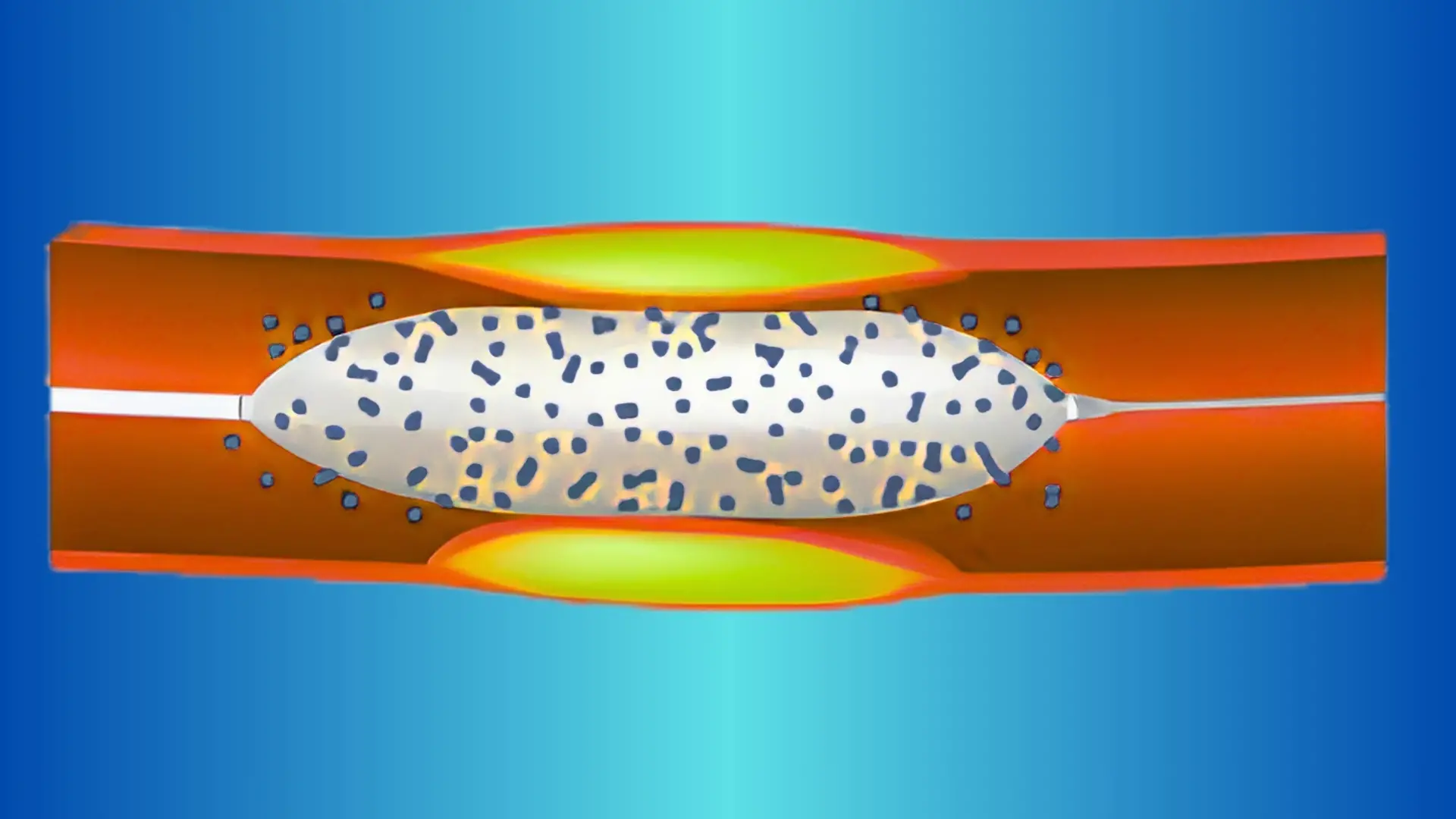- Home
- Medical news & Guidelines
- Anesthesiology
- Cardiology and CTVS
- Critical Care
- Dentistry
- Dermatology
- Diabetes and Endocrinology
- ENT
- Gastroenterology
- Medicine
- Nephrology
- Neurology
- Obstretics-Gynaecology
- Oncology
- Ophthalmology
- Orthopaedics
- Pediatrics-Neonatology
- Psychiatry
- Pulmonology
- Radiology
- Surgery
- Urology
- Laboratory Medicine
- Diet
- Nursing
- Paramedical
- Physiotherapy
- Health news
- Fact Check
- Bone Health Fact Check
- Brain Health Fact Check
- Cancer Related Fact Check
- Child Care Fact Check
- Dental and oral health fact check
- Diabetes and metabolic health fact check
- Diet and Nutrition Fact Check
- Eye and ENT Care Fact Check
- Fitness fact check
- Gut health fact check
- Heart health fact check
- Kidney health fact check
- Medical education fact check
- Men's health fact check
- Respiratory fact check
- Skin and hair care fact check
- Vaccine and Immunization fact check
- Women's health fact check
- AYUSH
- State News
- Andaman and Nicobar Islands
- Andhra Pradesh
- Arunachal Pradesh
- Assam
- Bihar
- Chandigarh
- Chattisgarh
- Dadra and Nagar Haveli
- Daman and Diu
- Delhi
- Goa
- Gujarat
- Haryana
- Himachal Pradesh
- Jammu & Kashmir
- Jharkhand
- Karnataka
- Kerala
- Ladakh
- Lakshadweep
- Madhya Pradesh
- Maharashtra
- Manipur
- Meghalaya
- Mizoram
- Nagaland
- Odisha
- Puducherry
- Punjab
- Rajasthan
- Sikkim
- Tamil Nadu
- Telangana
- Tripura
- Uttar Pradesh
- Uttrakhand
- West Bengal
- Medical Education
- Industry
TCT 2025: OCVC-BIF Trial Compares Drug-Coated Balloon Versus Conventional Balloon for Treatment of Side Branches in Coronary Bifurcation Lesions

This news is covered by the Medical Dialogues Bureau present at the TCT Conference 2025, being held in San Francisco, USA.
Additional drug-coated balloon (DCB) inflation in the side branch following main-vessel drug-eluting stent (DES) implantation with kissing balloon inflation (KBI) significantly reduced side branch restenosis at one year compared to without additional DCB inflation, according to results from the OCVC-BIF randomized trial presented by Dr. Takayuki Ishihara on behalf of the Osaka Cardiovascular Conference (OCVC) investigators at TCT 2025.
The multicenter, open-label OCVC-BIF study was conducted across eight hospitals within the Osaka CardioVascular Conference network to evaluate the efficacy and safety of DCB use in the side branch of coronary bifurcation lesions—a subset that accounts for 15–20% of all coronary lesions and remains technically challenging with higher rates of adverse events. While DCBs have demonstrated favorable results in small vessel disease, their role in bifurcation lesions, particularly for side branches, has remained uncertain.
A total of 299 patients undergoing percutaneous coronary intervention (PCI) for bifurcation lesions suitable for single-stent strategy (DES in the main vessel with KBI) were randomized to DCB inflation for the side branch (n=149) or no additional DCB (n=145). Eligible lesions had side branch diameters between 2.0 and 3.0 mm, and follow-up coronary angiography was performed at nine months. The primary endpoint was side branch restenosis, defined as ≥50% stenosis on three-dimensional bifurcation quantitative coronary angiography (QCA) at nine months or symptom-driven angiography within one year.
At one year, the DCB strategy resulted in significantly lower side branch restenosis compared with the non-DCB group (8.1% vs. 18.3%; odds ratio 0.36, 95% CI 0.16–0.79; p=0.012). Mean side branch diameter stenosis at follow-up was also lower with DCB treatment (32.5% vs. 36.2%; p=0.03), and minimal lumen diameter was greater (1.45 mm vs. 1.32 mm; p=0.02). Late lumen loss in the main vessel was less in the DCB group (0.21 mm vs. 0.36 mm; p=0.037).
Secondary endpoints, including clinically driven target lesion revascularization (CD-TLR), procedural success, and major adverse cardiac events (MACE), were similar between groups. CD-TLR occurred in 0.7% (n=1) of DCB-treated patients versus 3.4% (n=5) in the control group (p=0.20), while one-year MACE rates were 10.1% and 12.4%, respectively (p=0.65). There were no cases of cardiac death or stent thrombosis in either arm.
Investigators concluded that adjunctive DCB inflation for the side branch after DES implantation with KBI can effectively reduce angiographic restenosis without increasing procedural risk. However, they noted that the study was limited by its moderate sample size, low representation of female patients, and use of a single paclitaxel-coated balloon platform. Longer-term follow-up and evaluation with newer-generation sirolimus-coated balloons are warranted.
The OCVC-BIF trial provides new randomized evidence supporting a DCB-based approach for optimizing outcomes in bifurcation PCI, particularly in preserving side branch patency while maintaining procedural simplicity and safety.
Reference: Takayuki Ishihara et al., Comparison of Drug-Coated Versus Conventional Balloons for Treatment of Side Branches of Bifurcation Lesions- The OCVC-BIF Study, TCT Conference 2025, San Francisco.
https://www.tctconference.com/
About the Study Presenter: Takayuki Ishihara is an interventional cardiologist at Kansai Rosai Hospital - Amagasaki, Japan. His areas of interest include complex coronary interventions, atrial fibrillation, ablation, impact of kidney disease on cardiac procedures, and long-term prognosis after cardiac treatments.
Dr Prem Aggarwal, (MD Medicine, DNB Medicine, DNB Cardiology) is a Cardiologist by profession and also the Co-founder and Chairman of Medical Dialogues. He focuses on news and perspectives about cardiology, and medicine related developments at Medical Dialogues. He can be reached out at drprem@medicaldialogues.in


